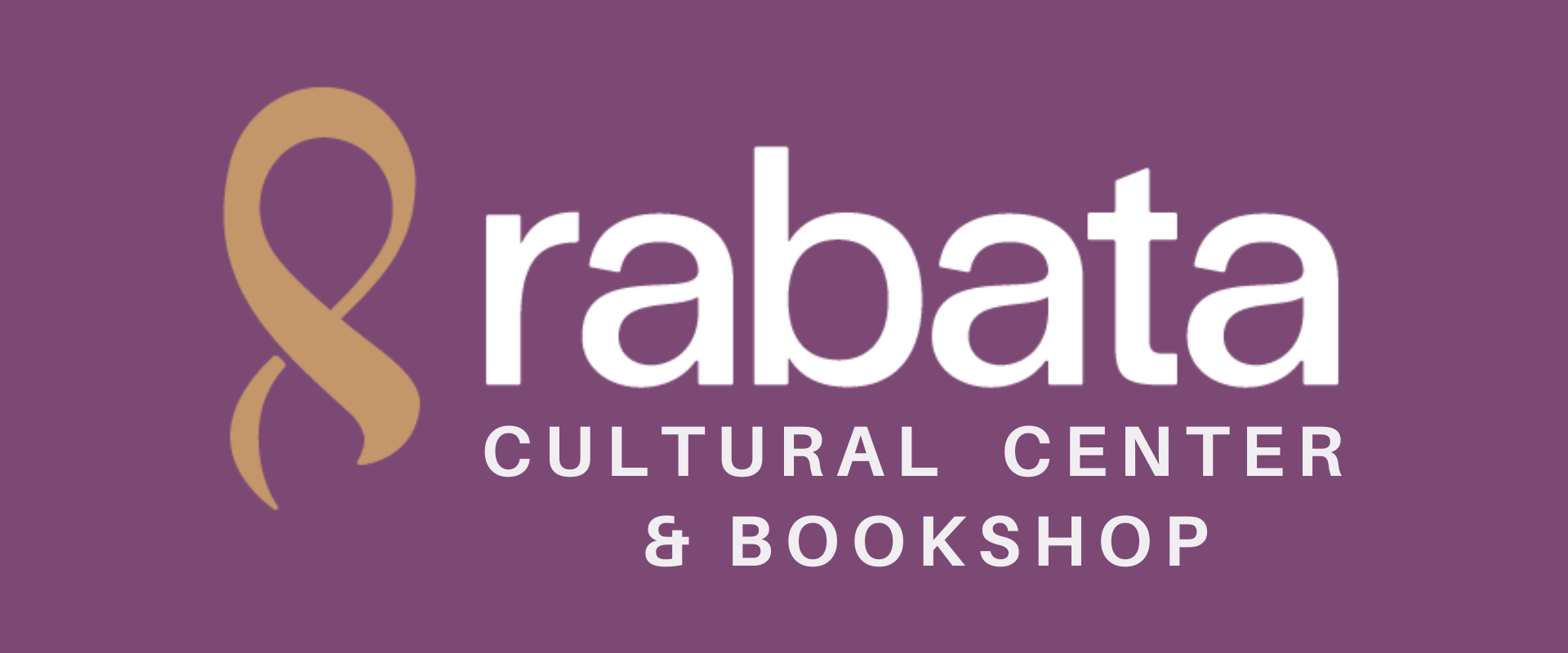$22.50 USD
مُصحفُ القِراءاتِ العَشْرِ مِن طريقَي الشَّاطبيَّةِ والدُّرَّةْ, يعدُّ علمُ القراءاتِ القرآنيةِ مِنْ أهمِّ علومِ القرآنِ ، فهو علمٌ جليلُ الشأنِ ، دقيقُ المسائلِ ، حيثُ كان القرَّاءُ في كلِّ عصرٍ يواكبونَ ما يستجدُّ من الوسائلِ في زمانِهم؛ تسهيلاً لوصولِ هذا العلمِ لطلابهِ ، وفي زمانِنا ظهرَ العديدُ من مصاحفِ القراءاتِ القرآنيةِ الرّائعةِ والمميَّزةِ ، إلّا أنَّ كلّاً منها تميَّزَ بجانبٍ أو بعدَّةِ جوانبَ ، وفاتَتْهُ جوانبُ أُخرى ، فبَعدَ الاِطِّلاعِ على مُعظمِ مصاحفِ القراءاتِ والعملِ فيها لسنواتٍ عديدةٍ ، ظهرَ هذا المصحفُ بحُلَّةٍ مميَّزةٍ لإثراءِ مكتبةِ القراءاتِ القرآنيةِ في العالَمِ الإسلاميِّ : وقد تميَّزَ هذا المصحفُ بمِيْزاتٍ عِلميةٍ وإخراجيةٍ عديدةٍ:
فمن المِيْزاتِ العِلميـةِ:
جمعُ الكلماتِ المختلَفِ فيها بينَ القرَّاءِ في مقاطعِ الآياتِ وبيانُ قرَّائِها
ذِكرُ شواهدِ الشّاطبيةِ والدُّرَّةِ بطريقةِ عرْضِ موضعِ الشاهدِ منهما فقط
استقصاءُ الأصولِ الواردةِ في كلِّ صفحةٍ لروايةِ وَرْشٍ في : (البدلِ، والنقلِ، واللّاماتِ، والرّاءاتِ، واللِّينِ) ، ولحَمزةَ في : (الساكنِ الموصولِ والمفصولِ) ، وهاءاتِ المكِّيِّ ، وإخفاءاتِ أبي جعفرٍ ، وإبدالِ الهَمزِ
وأمّا المِيْزاتُ الإخراجيةُ فهيَ:
كتابةُ الكلماتِ على الهامشِ بالرسمِ العثمانيِّ
استعمالُ اللَّونِ المخالِفِ في الحروفِ، والتشكيلِ، والضبطِ عندَ وجودِ خلافٍ بينَ القُرّاءِ ، وكذا عندَ إيرادِ التَّحريراتِ للآيات
قالوا عن المصحفِ : - جاءَ هـَــٰذا العَمَلُ مُتكاملًا مُساعدًا لكلِّ مَنْ يُريدُ أن يَجْمَعَ القِراءاتِ العَشْرَ من الطَّلَبةِ . - جاءَ هذا العملُ في غايةِ الدِّقةِ والإتقانِ ، حيثُ أضافَ لمكتبةِ القِراءاتِ عملاً جليلاً في خدمةِ كتابِ اللهِ تعالى هذا المصحفُ من إعدادِ وتنسيقِ الأستاذة : هَدِية مُصْطَفى كمَال الرِّكْبيْ
قدم لهذا العمل: الدكتور أحمد عيسى المعصراوي و الدكتور يحيى الغوثاني
The book “The Mushaf of the Ten Recitations from the Shātibiyah and Durrah Ways” is one of the most important sciences of the Qur’anic recitations.
In our time, many wonderful and distinctive Qur’anic recitations of the Qur’an have appeared, but each of them has been distinguished in one or several aspects, but others were missing.
This Qur’an is distinguished by many scientific and exegetical features, among them are the following:
As for the extrinsic features, they are:
Comments on the book:
- This work is complete and helpful to everyone, among the students, who wants to memorize the ten recitations.
- This work is extremely accurate and perfect, as it adds to the library of recitations a great work in the service of the Book of Almighty Allah.
This book was prepared and coordinated by the professor: Hadiya Mustafa Kamal Al-Raqbi.
Author: Ahmed Isa